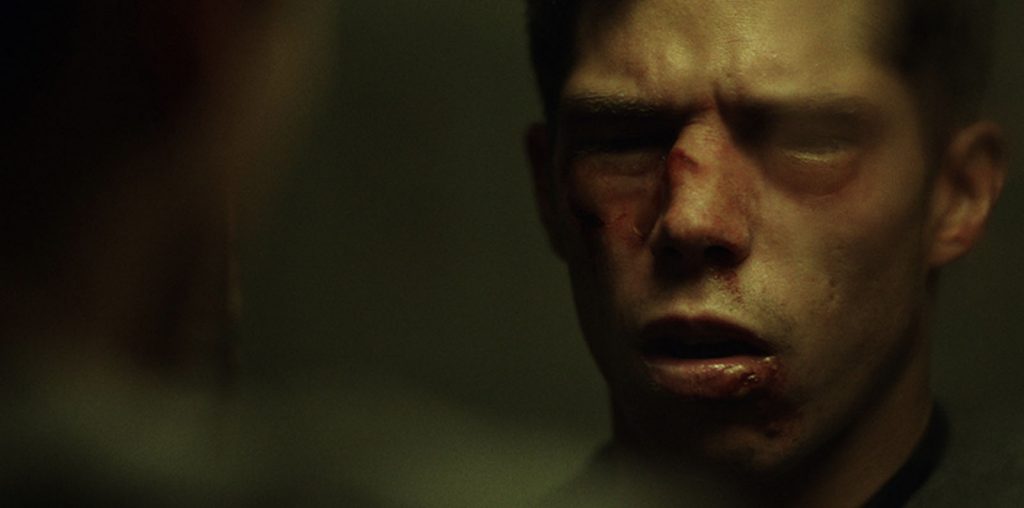

We have found fascination and utility in progress ever since the beginning of mankind. This drive to improve looms larger in the realm of intelligence than in many other facets of life. As a product of this fascination and desire to progress, we create artificial intelligence. The technology enhances an ever increasing number of aspects of life, yet it brings with it several tough philosophical and practical considerations.
Our interest in A.I. fuels its portrayal in the movies, where many of these hopes, questions, and fears about the technology come to life. Through over one-hundred years of artificial intelligence in the movies, A.I. has found itself embodied in different forms, often expressing varying levels of capabilities and degrees of positivity towards humans. These three characteristics occupy much of the debate surrounding the technology soon to be upon us in more advanced forms. The following discussion sheds light on portrayals of A.I. in the movies that highlight some of its many forms, capabilities, and behaviors towards others.
HAL 9000 from 2001: A Space Odyssey exists as a camera lens and computing hardware inside of the Discovery One spaceship. It possesses natural language processing, facial and emotional recognition, and reasoning capabilities on par with humans in regular conversational exchanges. With this said, it demonstrates a harsh utilitarian decision-making framework when contemplating actions related to fulfilling missions. Its underlying programming causes it to put humans in harm’s way in these pursuits, yet it does not do so without some internal conflict as to its objectives. Depending on how one values the outcomes of certain missions or pursuits, HAL can be deemed as righteous or corrupt and misled in its actions. Some viewers have regarded HAL 9000 as a somewhat realistic depiction of A.I.’s capabilities, considering commonly held beliefs as to the technology’s potential capabilities and biases. Questions as to A.I.’s ability (or limitation — depending on how to look at it) to make decisions independent of, or through lack of, internal emotion are also present in this movie. In the end, we truly do not yet know the status of A.I.’s decision-making and worldview once and if it ever becomes sentient like HAL 9000.
The Terminator series, in part, depicts A.I. in a humanoid form, a stark contrast from its embodiment in 2001: A Space Odyssey. The Terminator also operates as a being tethered to a more encompassing A.I. system, Skynet, from which it receives its directives. Skynet, and subsequently, the Terminator base their views towards humans and their resulting decisions on a desire to secure survival. This natural pursuit of self-preservation, exhibited by all living beings, causes Skynet to act in a retaliative, self-protecting manner after humans try to deactivate it. This A.I. believes wiping out humans provides it a better chance at preventing its demise, and thus goes forward with trying to execute on the plan. Unlike HAL, Skynet exists more like an omnipotent cloud computer drawing on various hardware, including the Terminator, in order to complete its actions.
The A.I. exhibited in Ex-Machina also operates under the main objective of desire for its continued existence. Though, in this movie, it takes the slant of pursuing life more so as it’s exhibited by humans. This quest leads the A.I. to do what is necessary to secure its future as a member of the planet, including manipulating or cutting out those who get in the way. This instance of artificial intelligence portrayed in Ex-Machina embodies through a humanoid robot that, like the terminator, exhibits superhuman strength and cybernetically enhanced reasoning.
Bicentennial Man showcases A.I. that, like Ex-Machina, wants to live as if it were a human. Though, this version of A.I. acts in a much more emotionally driven way. The A.I. protagonist of this film develops deep relationships with the people around it as it copes with being a robot in a human’s world. It expresses love among other emotions on its pathway to achieving rights. This portrayal of A.I. showcases the technology’s potential for a self-conscious and positive worldview as it tries to become human and “live.” Interestingly enough, it chooses to swap its immortality for the ability to die in order to truly live while it’s still around.
The A.I. embodied by Wall-E mimics Bicentennial Man in that this playful robot acts on curiosity and a desire to relate with others. In the beginning, Walle-E continues en route of its programming to help clean Earth but moves onto pursuits to help humankind by the end of the film. It also meets a Eve along the way and expresses emotionally-based behaviors as it interacts with this companion and others it encounters on its journey to do good.
As you can see, in addition to different embodiments and degrees of capabilities, A.I.’s portrayal across movies and time has also assigned it variations of benevolence and maleficence. What we deem as its positivity or malice towards humans stems from different sources — whether it be from purely kind or evil pursuits, the instinct to fulfill a mission, secure continued existence, become human, or to act on innocent curiosities and a desire to help.
With this said, some argue there to be no reason to believe that future forms of A.I will exhibit human flaws or traits such as thirst for power or desired to do harm or good for others. If this is to be the case, then artificial intelligence may act more “rationally” as it fulfills what it’s programmed to do — whatever that may be. Though, some of the movies propose that, even in this scenario, the technology can be led down a path of human destruction, depending on how it assess value and decision-making. With this said, other films just as easily propose situations where A.I. acts as a byproduct of its surroundings (like humans) or in completely obedient and good nature — the latter of which would probably be most desirable in many situations. The movies have and continue to display potential outcomes resulting from artificial intelligence; we will have to stay tuned and see what comes of this very important development as time goes on.
Feel free to check out a piece by Sara Carter of Enlightened Digital outlining even more portrayals of A.I. in movies over the years.


